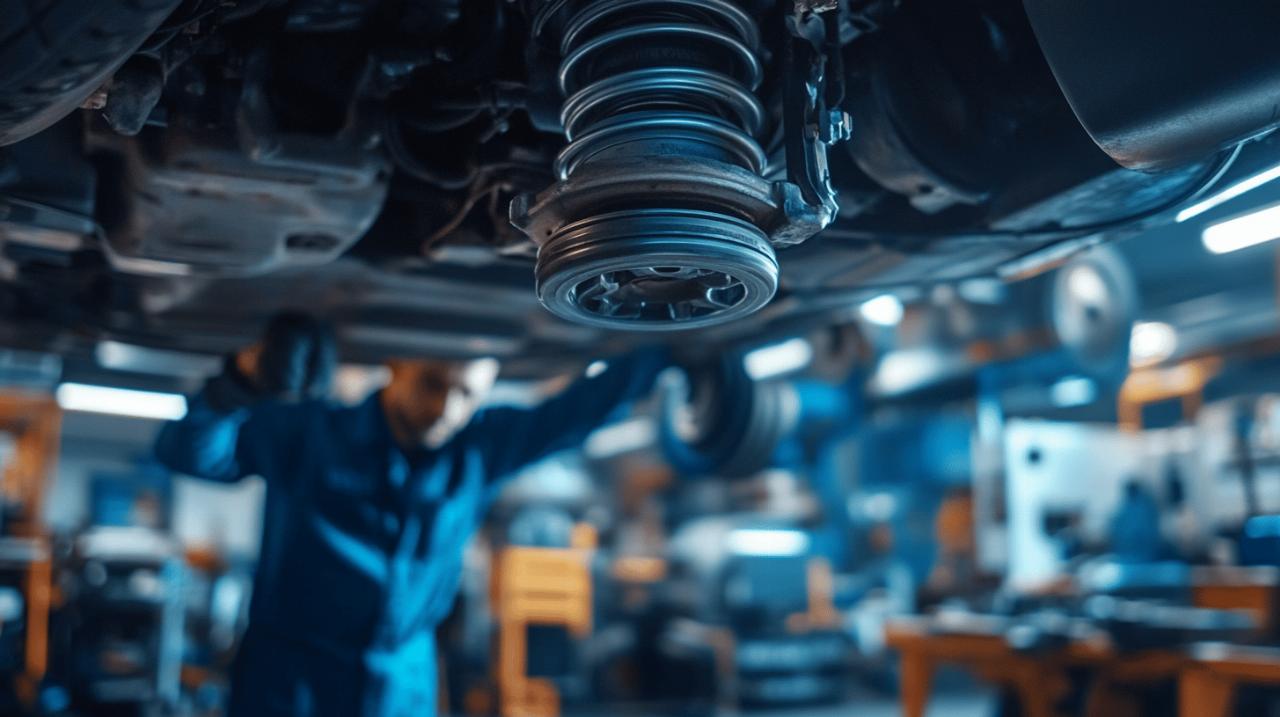Choosing the right stabiliser bar links might seem like a minor consideration in your vehicle maintenance routine, but these small components play a significant role in your car’s handling and overall driving experience. Whether you’re looking to upgrade performance or simply replacing worn parts, understanding what to look for in quality stabiliser links can make a substantial difference to your vehicle’s stability and comfort on the road.
Understanding stabilizer bar links
Stabiliser bar links, also known as sway bar links, are critical suspension components that connect your vehicle’s sway bar to the suspension system. These seemingly simple parts serve an essential function in maintaining vehicle stability, especially during cornering manoeuvres. When you visit https://www.motorpublish.it/, you’ll find detailed information about how these components work together with other chassis parts to improve your driving experience. The website offers comprehensive guides on various automotive topics, including suspension components like stabiliser links.
The role of stabilizer bar links in vehicle handling
Stabiliser bar links work to reduce body roll when your vehicle navigates turns, effectively keeping all four wheels firmly planted on the ground. This creates a more controlled driving experience and enhances safety, particularly during emergency manoeuvres. Without properly functioning links, your vehicle would experience excessive leaning during cornering, potentially compromising handling and creating an unsettling driving experience. Most vehicles come equipped with two sets of stabiliser links, one for the front suspension and another for the rear, each working to maintain the appropriate balance and stability.
How quality links contribute to overall suspension performance
The quality of your stabiliser links directly impacts your suspension’s performance and longevity. Premium stabiliser links, such as those from respected brands like Mevotech, Moog, and Delphi, offer enhanced durability and performance compared to budget alternatives. These quality components typically feature superior materials and construction techniques that withstand the constant stress of road conditions. When your stabiliser links function properly, they work harmoniously with other suspension components to provide a balanced ride that manages both comfort and handling. Investing in quality links often means fewer replacements over time, with manufacturer-supplied links potentially lasting up to 240,000 kilometres under optimal conditions.
Key factors when selecting stabilizer bar links
Selecting the right stabiliser bar links requires consideration of several important factors that will impact both performance and durability. Beyond brand reputation, understanding the specific requirements of your vehicle and driving style will help ensure you make an informed choice. The stabiliser links you select should complement your existing suspension setup while addressing any specific handling characteristics you wish to enhance or modify.
Material considerations for maximum durability
The bushing material used in stabiliser bar links significantly influences both ride quality and handling characteristics. Rubber bushings provide a comfortable ride with more compliance, allowing for some body roll while absorbing road imperfections. For drivers seeking enhanced responsiveness, polyurethane bushings deliver a firmer ride with reduced body roll, creating a more direct connection between the road and vehicle. Metal bushings offer maximum durability but transmit more road vibration to the cabin and may be susceptible to rust over time. Your selection should balance performance needs with comfort preferences, considering that firmer materials typically require more frequent maintenance to prevent premature wear.
Matching links to your driving style and conditions
Your driving style and typical road conditions should heavily influence your choice of stabiliser bar links. For vehicles with modified suspensions, particularly those with lift kits, extended sway bar links become necessary to maintain proper geometry and function. Conversely, vehicles with standard suspensions require non-extended links to preserve factory handling characteristics. Consider whether your driving involves primarily highway cruising, city navigation, or performance driving, as each scenario benefits from different link characteristics. The style of link also matters, with options including bolt type, hybrid, and ball joint styles, each offering different levels of articulation and durability. Some premium links, like those in the Metrix GDX line, come with lifetime warranties, providing peace of mind for enthusiasts who demand reliability from their suspension components.







